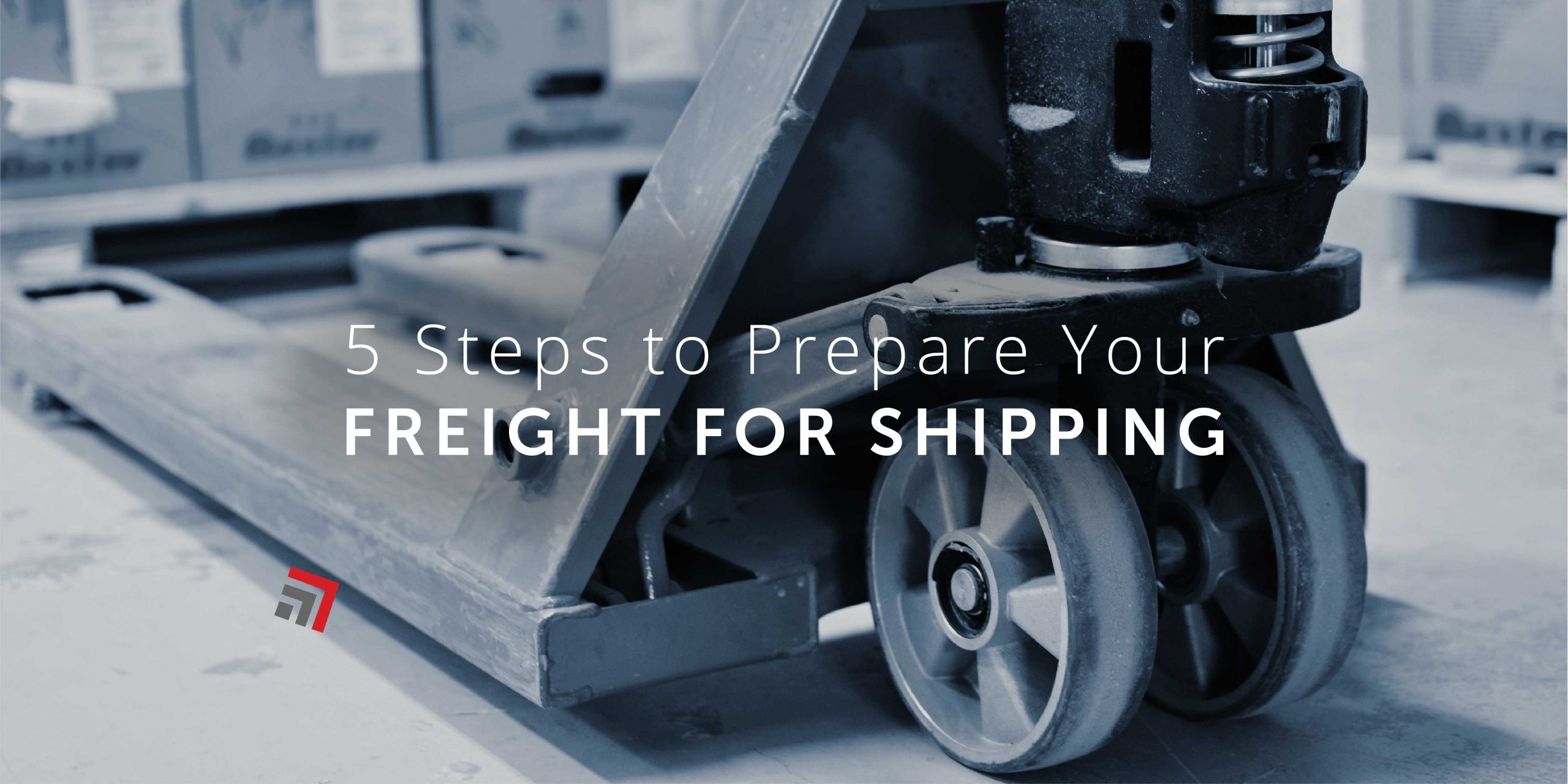It’s crucial to not overlook the importance of properly preparing your freight for shipment. Freight shipping is a multi-step process that includes document preparation, communication, and packing, and ensuring these steps are done correctly can save you a lot of time and money. In the domestic or international transportation industry, time and efficiency are the crux of business success, and any delays due to fault of any parties involved can mean high costs for repare, replacement, or recovery. If you are looking at getting into the transportation business, or are seeking to further streamline your business practices in logistics, follow these steps to learn how to prepare your freight for shipping.
How to Prepare Your Freight for Shipping
After having done this for decades, here is a low-down on 5 steps to prepare your freight for shipping to ensure it arrives quickly and efficiently to its destination:
1.Preparing Your Package
Preparing your cargo for shipment can involve a few things. First of all, make sure your goods are tightly packaged. Any loose articles are more prone to receiving damage. Second, to avoid damage, ensure that your cargo is always placed on pallets. A pallet will cost you around $15 and might save you hundreds
2. Stacking Your Goods
This step is overlooked far too often. Just because your goods are tightly packed and on a pallet doesn’t mean they are entirely protected from shipping damage. Stacking your goods in the wrong order – weight-wise or geometrically – can mean a lot of hassle. Damage can happen if: cartons overhang a pallet, your goods are interlocked, or you misalign your cargo. Pallet overhand loses up to 32% strength, interlocking patterns loses up to 50% strength, and misaligning your cargo on the pallet can lose 30% of its strength. In addition to all this, make sure your pallets have a flat surface.
3. Label Your Shipments
Labels. Labels on everything. Label the tops and sides of each piece of cargo. While your freight labels may seem clear and visible to you, you should make the extra effort to ensure that your labels are visible from just about any angle to a worker who may have otherwise overlooked it on accident.
4. Fill Out a Bill of Lading
The Bill of Lading is a contractual agreement between you and the carrier that indicates a transfer of ownership. It states exactly what is being shipped, what parties are involved, where it’s coming from, and where it’s going to. The Bill of Lading also serves a receipt also, so make sure you know how to properly fill out this document.
5.Track Your Shipment
If you keep your freight visible, you can save yourself quite a bit of time and money if any hiccups should happen during the transit process. Watch where your freight is until it arrives at its location safely and securely.
Conclusion
If you have had problems in the past with getting your shipments from point A to point B without hiccups in the process, you’re not alone. There are so many variables that go into moving a load of goods and it’s easy to forget about even one step. Furthermore, problems may even arise if you’ve done everything correctly on your end.
If you are continually experiencing issues with preparing your freight for shipping and would like to discuss further options on how to streamline your business practices, give us a call and we’d be happy to help you out!



Recent Comments